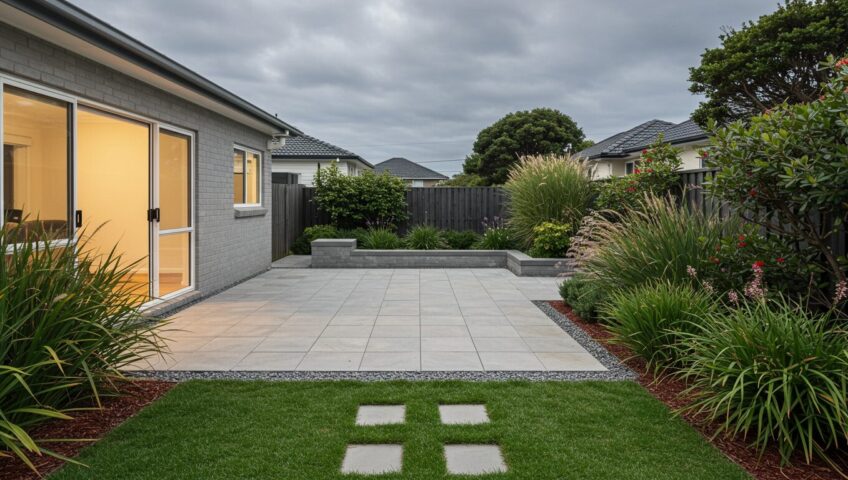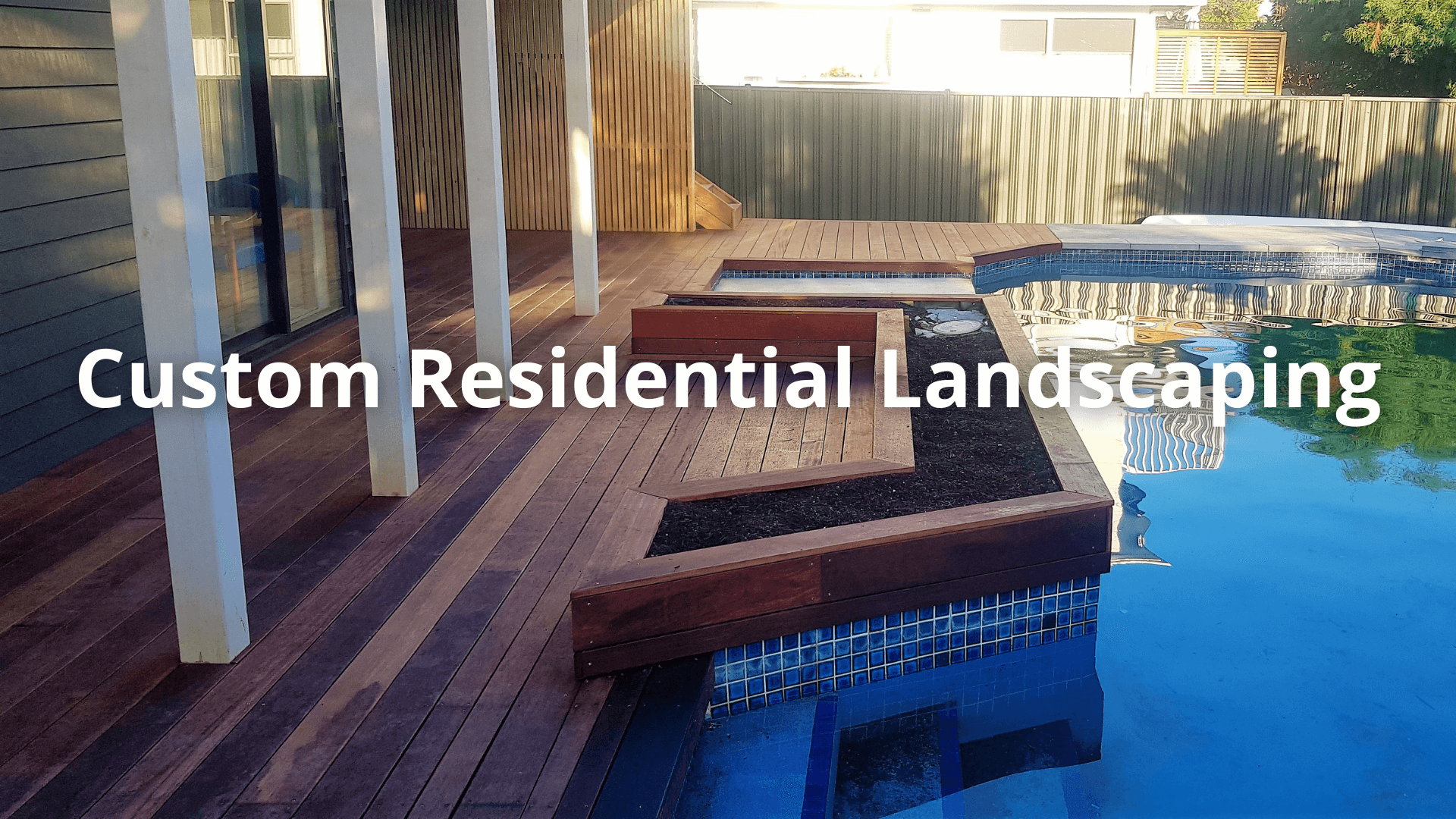Paving does more than provide a practical surface. It helps define the look, feel, and function of your outdoor spaces. For Auckland homeowners, the right paving can make your property more attractive, durable, and useful.
New Zealand offers many paving materials and styles, so choosing the best one for your landscape can feel overwhelming. This guide will help you make a confident choice by considering Auckland’s climate, soil, and current design trends.
1. Understand Auckland’s Landscape and Weather Conditions
Auckland’s conditions create specific paving challenges. The region’s frequent rain, humid summers, and clay soils demand careful planning for lasting success.
- Good drainage is essential. If the base is uneven or not packed down well, pavers can move or collect water.
- Coastal properties, such as those in Devonport or St Heliers, may require salt-resistant materials to prevent erosion or staining.
- Inland suburbs, particularly West Auckland, often have reactive soils, so stronger sub-base preparation may be necessary.
2. Define the Purpose of the Paving
Clarifying how you intend to use the paved area is essential when choosing materials:
- Driveways demand high-strength, slip-resistant materials such as interlocking pavers or textured concrete.
- Patios and alfresco areas benefit from attractive finishes, like large-format concrete or natural stone.
- Garden paths may suit smaller pavers or stepping stones for a casual, natural look.
Each space type requires different thickness, texture, and durability.
3. Choose the Right Material for Your Landscape
Several paving materials are popular in New Zealand, each offering unique properties:
| Concrete | Versatile, customisable finishes, modern look | Patios, courtyards, driveways |
| Brick Pavers | Timeless style, great grip, suits heritage homes | Garden paths, edging |
| Natural Stone | Unique texture, premium appearance | High-end outdoor areas |
| Permeable Pavers | Eco-friendly, supports drainage | Urban landscapes, sustainable gardens |
Ensure your material complements your home’s style and garden features.
4. Don’t Overlook Colour and Layout
The colours and patterns you choose for your pavers can really change how your outdoor area feels. Light colours can make shady spots brighter, while dark shades add warmth and contrast.
Patterns like herringbone, basket weave, orPatterns such as herringbone, basket weave, or stretcher bond can add texture and interest to your space. Think about how your paving will work with nearby gardens, walls, or water features.e Rules
Certain Auckland council rules restrict impermeable surfaces. Using permeable paving or adding gravel borders and drainage channels helps satisfy these rules and reduces runoff.
Before any major project, check with Auckland Council or a landscaping expert to confirm alignment with regional rules.
FAQs About Paving NZ
- What is the best paving for NZ weather?
Concrete, clay bricks, and natural stone are preferred for durability in wet, variable weather. Permeable pavers excel in areas with heavy rain.
- Is council consent needed for paving in Auckland?
While most paving doesn't require building consent, regulations apply if drainage is affected or the area is flood-prone. Always verify with your local council.
- Can I DIY a paving project?
DIY suits small paths or garden accents, but larger areas like patios or driveways usually need professional installation for proper levelling, drainage, and finish.
- What’s the most low-maintenance paving option?
Sealed concrete and exposed aggregate need little upkeep. Natural stone and bricks require more maintenance depending on your location and use.
- Is permeable paving a good option in Auckland?
Yes. With Auckland’s frequent rainfall, permeable paving helps manage stormwater naturally and reduces pressure on drainage systems, especially important in urban environments.
Conclusion
Choosing paving for your Auckland property is about more than just picking a material. It means thinking about how you’ll use the space, what the local conditions are, and how to create a landscape that looks good and works well. Whether you’re updating a modern courtyard or adding a classic garden path, good paving brings structure, value, and enjoyment to your outdoor area.

